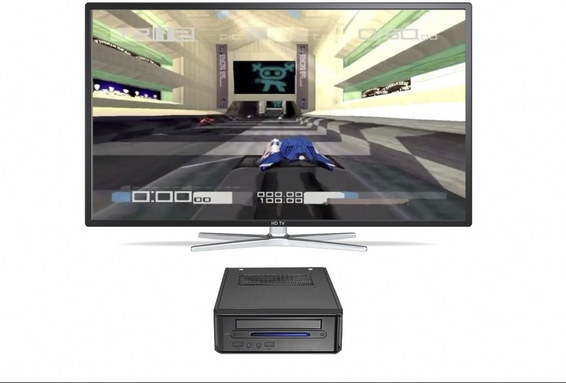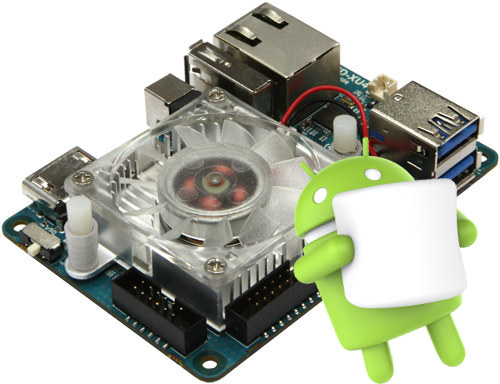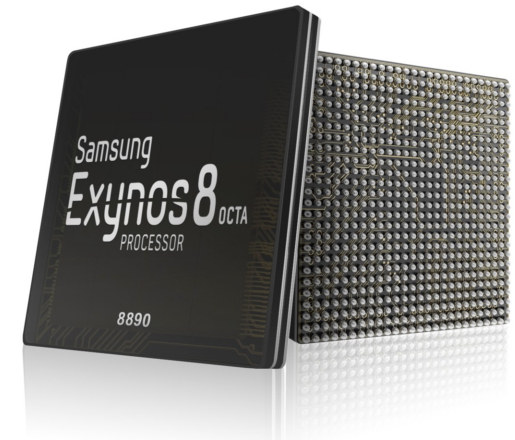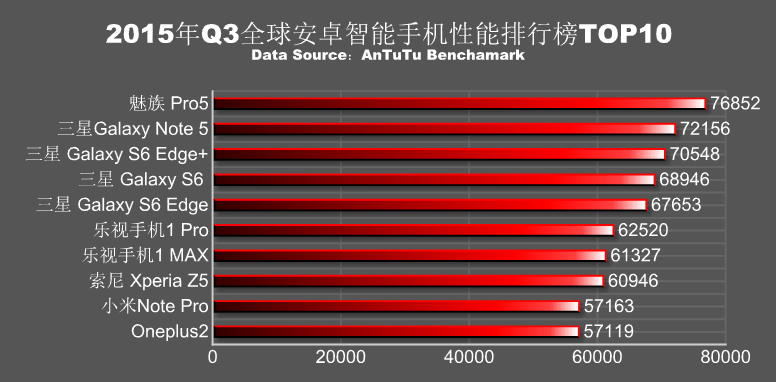I’ve been tipped about two separate projects launched on Indiegogo and Kickstarter that integrate Raspberry Pi or ODROID boards into their products. indieGO! retro gaming console and distribution leverages Raspberry Pi 2, ODROID-C1+, or ODROID-XU4 to play older games, while Pi2Media HT1 relies on either Raspberry Pi2, and later the upcoming UP Board or ODROID-C2 boards in order to offer a Surround 7.1 Home Theater PC. indieGO! Retro Game Console Beside the development board, indieGo! also includes a DVD-RW drive, an SD card reader, a mini-ITX case, a 3D-Printed I/O-shield and ARM board holder, a USB joypad, and two USB ports. indieGO!-OS is also a Linux distribution based on AEROS running Exagear which means both ARM (native) and x86 (emulation) executables will run on the device. Pre-isntalled programs include Wine, Kodi, Moonlight, AmiCloud, and EmuLA. The many emulators installed allow support for games running Playstation, C64, Dreamcast, Game Boy, Atari, Sega, PC, […]
Hardkernel ODROID-XU4 Development Board Now Supports Android 6.0 Marshmallow
Android 6.0 source code was released in October, but so far few development boards are supporting it properly. There’s Android 6.0 for Raspberry Pi 2, but without GPU hardware acceleration is not really usable, and Intrinsyc Open-Q 820 board that will start shipping in a few days with Android 6.0 on Qualcomm Snapdragon 820 processor, is pricey and with limited availability. So there are only two options that I’m aware of LeMaker Hikey with Android 6.0 as part of the Reference Platform Release 2015.12, and Hardkernel ODROID-XU4 with an unofficial port for Android 6.0.1 Marshmallow by voodik odroid community member, which should also work for ODROID-XU3 and XU3 Lite boards. Despite being an alpha version, the current image looks pretty good, as most required features seem implemented: Android 6.0.1 Lollipop Cyanogenmod 13.0 with Linux kernel 3.10.9 OpenGL ES 1.1/2.0/3.0 (GPU acceleration) OpenCL 1.1 EP (GPU acceleration) Multi-user feature is enabled […]
Samsung Exynos 8890 Octa-core Processor to Feature Custom ARMv8 Cores and Mali-T880 GPU
Samsung Exynos 7420 processor is at the top of benchmark charts for smartphones, but the company is still pushing for more performance and power efficiency with their upcoming Exynos 8890 processor that promises 30% improvements in performance, and 10% in power efficiency. While Exynos 7 Octa was made with ARM’s own Cortex A53 and A57 cores, Samsung did not go with Cortex A72 in 8890, but instead decided to design their own ARMv8 cores and coupled for of these with four low power ARM Cortex A53 cores, and a Mali-T880 GPU. Samsung also included a LTE Rel.12 Cat.12/13 modem that enables speeds up to 600Mbps DL (Cat.12) and 150Mbps UL (Cat.13), and the processor will be manufactured using 14nm FinFET process technology. Excluding the custom cores, and the manufacturing process, this configuration is similar to the recently unveiled Huawei Kirin 950 processor using four Cortex A72 cores and TSMC 16nm […]
Linux 4.3 Release – Main Changes, ARM and MIPS Architectures
Linus Torvalds released Linux Kernel 4.3 last week-end: So it *felt* like the last week of the rc series was busy, to the point where I got a bit worried about the release. But doing the actual numbers shows that that really was just my subjective feeling, probably due to the kernel summit and travel back home from Korea. It wasn’t actually a particularly busy week, it’s just that the pull requests were more noticeable in the last couple of days. We had a network update and a late fix for a x86 vm86 mode bug introduced by the vm86 cleanups, but other than that it’s just a collection of various small one-liners all over. Ok, the vm86 mode thing was a one-liner too, it was just slightly more nerve-wracking because it looked scarier than it was before people (Andy) figured out what was going on. The changes from rc7 […]
Top 10 Antutu Scores of 2015 for Smartphones So Far
I’m mainly focusing on Android mini PCs, and not so much on mobile devices. But this year, silicon vendors launched 64-bit ARM processor for TV boxes based on the low power Cortex A53 cores, lowering costs instead of improving performance of their 32-bit ARM processors, as media player don’t usually need very fast processor simply because video decoding is normally handled by the video engine. Two exceptions being Amazon Fire TV 2015 which gets over 51,000 points mostly thanks to MediaTek MT8173‘s two Cortex A72 cores, and Nvidia Shield Android TV box getting over 68,000 points, but sadly these two devices are not (easily) available worldwide yet. But on the mobile space, the race to faster and faster performance is still on, and according to a recent post on Antutu website (in Chinese), the fastest smartphones now reach over 75,000 points in the popular benchmark. I had to look up the […]
Linux Kernel Mainline Status of Mobile SoCs Presentation at Linaro Connect SF015
Linaro Connect San Francisco 2015 is taking place this week, and several 96Boards have been presented including LeMaker Hikey and Qualcomm DragonBoard 410c, both of which will finally be available by the end of the year. But there are also many technical presentation and discussions that are uploaded to LinaroOnAir Youtube account, and they’ve greatly improved video and audio quality compared to the past, with presentation slides also available on Slideshare. I’ve just watched one of the session entitled “Kernel Mainline Status of Mobile Chipsets” by Tim Bird, Sony Mobile. Also the talk focus on mobile SoC, it’s also relevant to other consumer electronics products, and some embedded systems. The presentation states the extend of the issues, shares comparisons between the vendor device tree and mainline, and explains how developers can participate, with the talk ending with a discussion within the group of attendees. Here’s a summary of some of […]
Linux 4.2 Release – Main Changes, ARM and MIPS Architectures
Linus Torvalds released Linux Kernel 4.2 last Sunday: So judging by how little happened this week, it wouldn’t have been a mistake to release 4.2 last week after all, but hey, there’s certainly a few fixes here, and it’s not like delaying 4.2 for a week should have caused any problems either. So here it is, and the merge window for 4.3 is now open. I already have a few pending early pull requests, but as usual I’ll start processing them tomorrow and give the release some time to actually sit. The shortlog from rc8 is tiny, and appended. The patch is pretty tiny too. Go get it, Linus Some notable changes made to Linux 4.2 include: File systems New features for F2FS including per file encryption CIFS support SMB 3.1.1 (experimental) Cryptography – Jitter Entropy Random Number Generator, Chacha20 stream cipher and Poly1305 authentication (RFC7539),New RSA implementation. See lwn.net […]
Study Shows Octa Core Processors Bring Little Over Quad Core Processors in Mobile Devices
Silicon vendor are now launching 8-core and even 12-core processors for mobile devices, and I can see some advantages in terms of power consumption in processors leveraging big.LITTLE processing with low power ‘LITTLE’ cores running light tasks such as audio or video playback, while performance ‘big’ cores running much demanding tasks. However, some processors, such as RK3368, feature the same eight cores, and in real-use don’t bring that extra bit of performance or lower power consumption, except in very specific cases. So the only “advantage” of this type of processor is a marketing one, with keyword like “Octa-core”, “64-bit”, etc… Last year, I found out, that more powerful cores may be more important than many cores, when I tested Allwinner A80 processor with PVRMonitor to check CPU usage per core in real-time, and in Antutu, while Browsing the web or playing games, only a few cores were used most of […]









